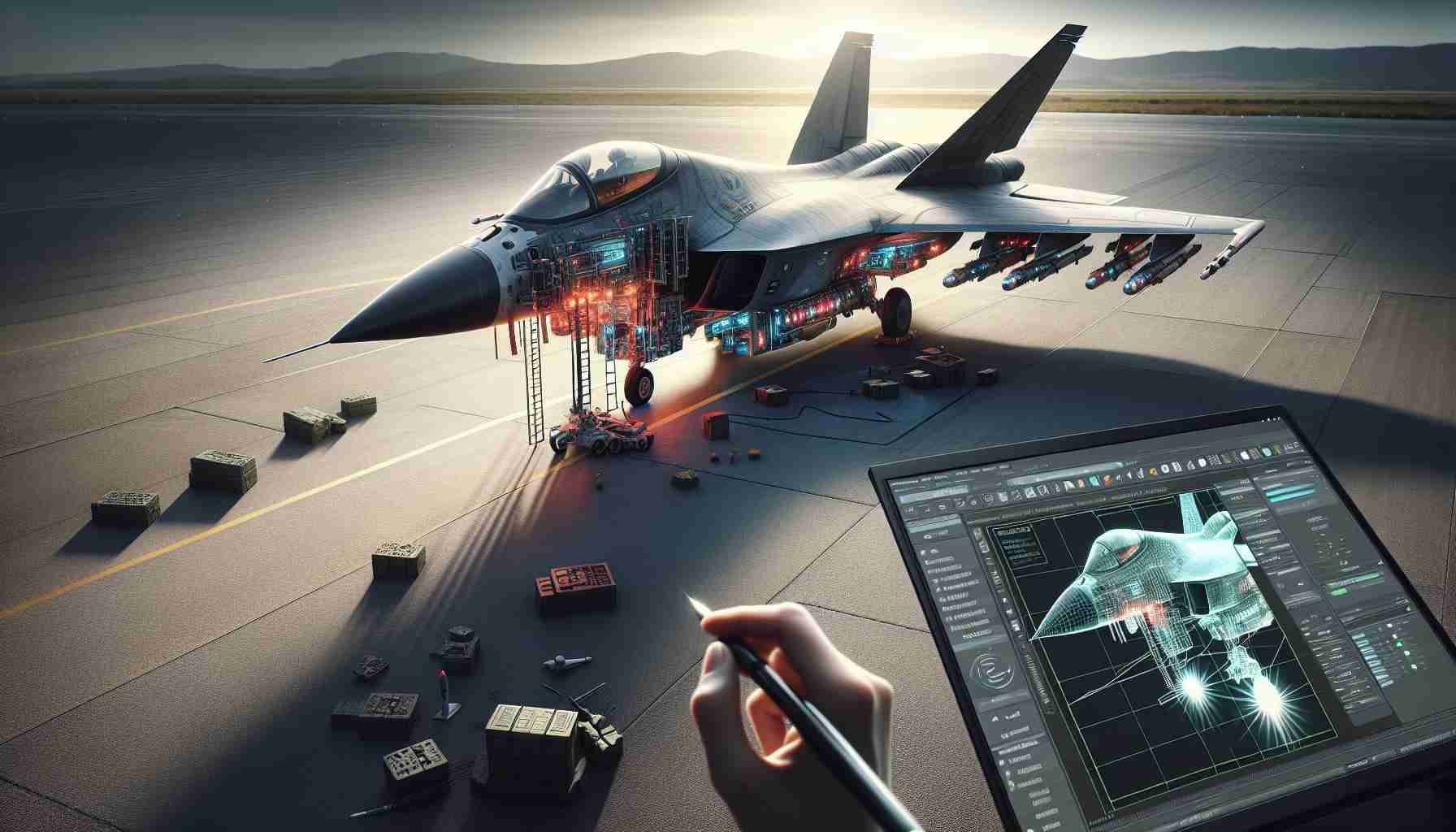The T-50 Golden Eagle, a name synonymous with cutting-edge aviation technology, remains a remarkable feat of engineering in the world of military aircraft. Developed jointly by South Korea’s Korea Aerospace Industries (KAI) and the American defense giant Lockheed Martin, the T-50 has gained a reputation for its advanced capabilities, particularly as a supersonic trainer and light combat aircraft.
First introduced in 2002, the T-50 is notable for being the first indigenous supersonic aircraft developed by South Korea. It was designed to meet the Republic of Korea Air Force’s need for advanced training of its pilots who would eventually transition to operate high-performance fighters like the F-16. The aircraft’s versatility is showcased by its various operational roles, from lead-in fighter training to light attack missions.
One of the T-50’s keys to success is its use of the General Electric F404 engine, which provides the aircraft with powerful propulsion, allowing it to achieve speeds of up to 1,837 km/h. Furthermore, the T-50 incorporates state-of-the-art avionics and fly-by-wire systems, which contribute to its high maneuverability and operational efficiency.
The T-50 Golden Eagle has also been adapted into various variants, such as the TA-50 for light attack missions and the FA-50, which can engage in combat operations. Its export success further establishes it as a significant player in the global military aviation market, with countries like Indonesia and the Philippines incorporating it into their air forces.
As interest in sophisticated yet adaptable military aircraft grows, the T-50 Golden Eagle stands out as a prime example of international collaboration in aerospace innovation.
Revolutionizing Air Forces: The T-50 Golden Eagle’s Global Impact
The partnership between Korea Aerospace Industries (KAI) and Lockheed Martin has not only led to the creation of the T-50 Golden Eagle but also reshaped military strategies in countries deploying this advanced aircraft. While the T-50 is known for its use in training, its adaptability as a light combat aircraft has had significant implications for national defense frameworks and military budgets worldwide.
A surprising fact about the T-50 is its influence in regional security dynamics. As the FA-50 variant becomes part of air forces in nations like Iraq and Colombia, it not only bolsters their defense capabilities but also introduces a new era of air power where smaller nations can deter aggression with advanced yet cost-effective platforms.
How does the T-50 impact economies? By enabling nations to train pilots in-country, it reduces the reliance on foreign military technology and expertise. This localization supports the development of domestic aerospace industries, creating jobs and boosting economic growth. Critics question whether this proliferation of T-50 variants could lead to an arms race in regions marked by historical tensions.
What does this mean for future collaborations in the aerospace sector? As successful partnerships like the T-50 project inspire new ventures, technology sharing between companies across borders becomes a cornerstone for innovating cheaper, more efficient military solutions.
For more information on advanced aviation technology, visit Lockheed Martin or Korea Aerospace Industries.























